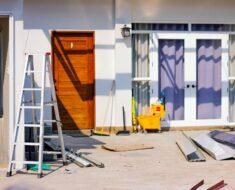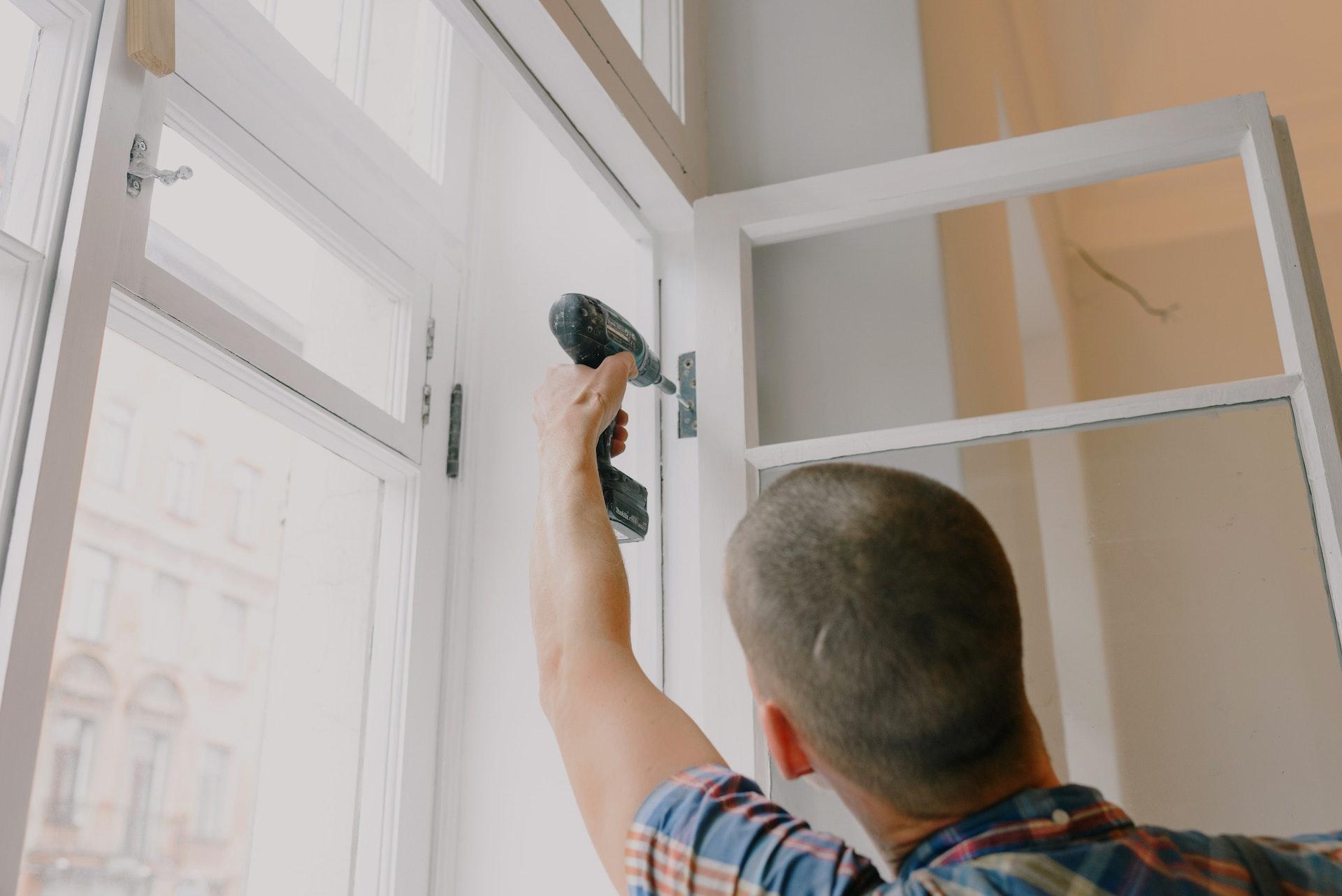
Roofing is an important part of your home that not only offers shelter but contributes significantly to its value, aesthetics, and energy efficiency. Many homeowners may overlook the importance of their roof, often allowing minor issues to evolve into major concerns.
What many don’t realize is that installing a new roof comes with a host of benefits. Some of these advantages are immediately noticeable, while others pay off in the long run. This article discusses the many benefits of investing in a new roof.
Enhanced Curb Appeal
Curb appeal is the first impression someone gets when they see your property. Now, think about an old, worn-out roof with visible damage or discoloration. It doesn’t present a good picture, right?
On the other hand, a fresh, clean roof can make a world of difference. It can make your home look newer, well-maintained, and more inviting. If you’re considering selling your home, this can be especially important.
Potential buyers often judge a house by its exterior first. A well-maintained appearance can increase interest and even the perceived value of your property.
Improved Energy Efficiency
Improved energy efficiency is something every homeowner should consider. As roofs age, they can become less effective at keeping a home insulated. This means that during the hot summers, more cool air escapes, and during the cold winters, more warm air does the same.
The result? Your heating and cooling systems work overtime, leading to higher energy bills. Opting for a residential roof replacement can address this problem head-on. With a new roof, there’s better insulation, which keeps your home’s temperature more regulated.
In addition to making your home more pleasant to live in, this efficiency can help you save money on your energy bills.
Warranty and Longevity
Naturally, you’d want your roof to last as long as possible without running into problems. That’s where the concept of warranty and longevity comes into play.
When you opt for a new roof, modern materials are often designed to endure for many years. They are resilient, weather-resistant, and durable. This means fewer worries about leaks, damages, or replacements for a considerable time.
For example, asphalt shingles are the predominant roofing choice for many homes. Of these, 3-tab shingles are standard, with a lifespan of up to 25 years. In contrast, architectural shingles, a more durable variant, can last between 30 to 50 years.
Additionally, many roofing companies offer extended warranties for their installations. A warranty is essentially a promise or guarantee that if any issues arise within a specified period, they will address them without additional costs.
Increased Home Value
Increasing your home’s value is always a smart move, and one effective way to achieve this is by updating the roof. When potential buyers look at a house, they’re not just seeing a place to live; they’re also considering the future costs tied to it.
An old or damaged roof hints at potential repair bills down the line. On the other hand, a newly installed roof sends a clear message that the property has been well-maintained. Buyers often feel more comfortable paying a premium for a house that won’t trouble them with immediate repairs.
Furthermore, real estate agents can testify to the appeal of a new roof in listings, attracting more interest from potential buyers.
Safety and Health Benefits
When we think about roofs, we often focus on their primary role: protection from the elements. However, a well-maintained roof goes beyond just shielding us from rain or sun.
A deteriorating roof can become a breeding ground for mold, mildew, and rot. These can affect air quality inside the house, potentially leading to respiratory issues or allergic reactions among residents.
Moreover, an old roof can have structural weaknesses, which could pose a risk of parts falling or, in extreme cases, a complete collapse. Upgrading to a new roof means eliminating these hazards, ensuring a safer living environment.
Reduced Maintenance Costs
An important advantage of a new roof is the decrease in ongoing maintenance costs. Let’s break this down. An older roof, over time, can develop issues like leaks, loose tiles, or other damages. Addressing these problems regularly can add up, both in terms of money and time.
Plus, frequent repairs can be inconvenient, especially if they disrupt daily life. On the other hand, a new roof, with its modern materials and installation techniques, is designed to withstand the elements better.
This means fewer repairs and check-ups in the foreseeable future. By investing upfront in a quality roof replacement, homeowners can save considerably in the long run.
Environmentally Friendly Options
More homeowners today are becoming conscious of their environmental impact. The market now offers a range of environmentally friendly roofing materials. Some roofs are made from recycled materials, reducing the need for new raw resources.
Metal roofing is long-lasting and recyclable, while green roofs have vegetation cover, which insulate buildings and provide habitats. Solar tiles generate power, and recycled shingles are made from post-consumer waste.
Others are designed to reflect sunlight, termed “cool roofs.” By using reflective materials, paints, or coatings, these roofs reduce the heat absorbed by your home, cutting down on the need for excessive air conditioning and, thus, energy consumption.
Additionally, choosing sustainable roofing materials can decrease the amount of waste sent to landfills during replacements.
Better Technology and Installation Practices
Technology and installation methods have improved a lot in the last few years, making roofing more advanced. Before, roofs only had one purpose: to protect. But now, with improved technology, roofs can do much more than just provide shelter.
For example, modern roofing materials can last longer, are weather-resistant, and energy efficient. This means they can handle extreme situations, from heavy snow to scorching sun. Also, the way roofs are installed today is different.
Roofers have better tools and skills, making sure that the roof integrates well with the house structure. This results in fewer gaps, better insulation, and longer roof life.
Insurance Advantages
Securing your home with a new roof can have favorable ripple effects, extending to areas like insurance. How? Insurance companies assess risks when determining premiums. An old or damaged roof is viewed as a higher risk since it’s more susceptible to leaks or damage that could lead to claims.
Conversely, a new, sturdy roof is seen as a lower risk. When you replace your old roof with a newer, more reliable one, insurance providers often recognize the reduced risk and might offer more favorable premium rates. It’s like a reward for being proactive about home maintenance.
So, while there’s an upfront cost for the new roof, the potential long-term savings on insurance premiums can help offset this.
Conclusion
A new roof offers homeowners tangible advantages. It beautifies homes, lifting property values. Updated materials ensure roofs last longer, reducing regular upkeep costs. By choosing eco-friendly options, we help the environment.
Improved installation techniques provide better protection, while potential insurance savings ease financial burdens. With health and safety benefits, families can rest easier. Investing in a roof is a comprehensive step towards a safer, cost-efficient, and more sustainable home.





